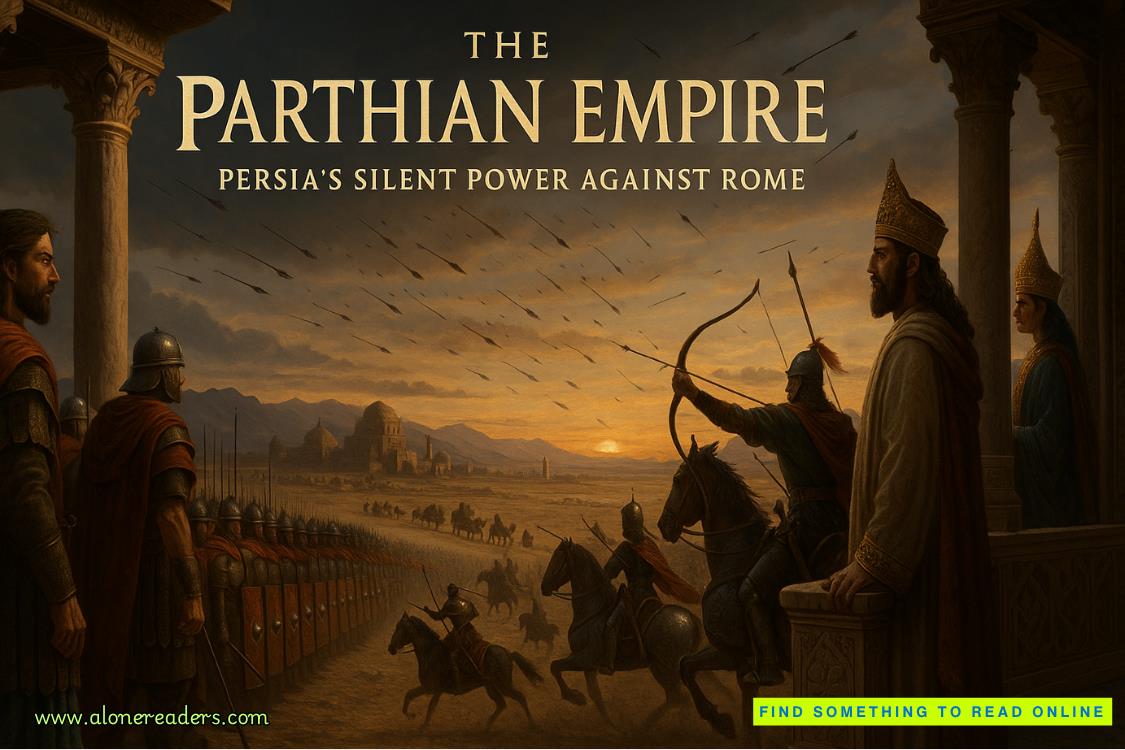Page 11 of Her Last Escape
“Well…” she said, gesturing all around them in a somewhat comical way.
She thought of all the times she'd stood in examination rooms, staring down at bodies that used to be people, trying to piece together their final moments. It was different now, after her own dance with mortality. She no longer saw just evidence when she looked at a body—she saw all the moments that person would never have, all the breaths they'd never take, all the sunrises they'd never see.
Novak remained silent. Rachel appreciated that about him—he knew when words weren't necessary. Jack would have tried to comfort her, would have sensed her dark mood and attempted to lighten it. But sometimes the darkness needed to be acknowledged, needed to be walked through rather than around.
Their footsteps slowed as they approached Examination Room C. Rachel noticed the slight hesitation in Novak's stride—he was still new enough to this that each morgue visit carried its own weight of dread. She felt for him.
The woman who greeted them wasn't what Rachel expected. Dr. Katherine Colet stood just shy of six feet tall, her dark hair pulled back in a severe knot that emphasized her sharp cheekbones and angular jaw. She was striking in the way a well-crafted blade was striking—beautiful but purposeful, designed for precision rather than aesthetics. Her green surgical scrubs did nothing to diminish her presence.
"Agents." Dr. Colet's voice carried the same precise quality as her appearance. Her words came out crisp and measured, like she was constantly aware of the weight each one carried. "I assume you're here about the Whitman and Foxworth cases." Her eyes, a pale gray that reminded Rachel of surgical steel, moved between them with clinical assessment.
“That’s right,” Novak said. “Are you the ME in charge?”
“Yes. Although, we’ve not yet been able to run a full autopsy on Mr. Whitman…though the cause is very apparent.”
The examination table dominated the center of the room. A white sheet draped over what was unmistakably a human form, dark spots of blood having seeped through in places. Rachel had seen hundreds of bodies in her career, but something about the random pattern of those spots made her throat tighten. They looked almost like a Rorschach test—what do you see in these bloodstains? Death, her mind proclaimed. You see death.
"I should warn you," Dr. Colet said, one latex-gloved hand resting near the edge of the sheet, "the head trauma is... extensive. I can answer your questions without the visual aid if you prefer." There was no judgment in her tone, no implication that declining would somehow make them less professional. Rachel had worked with enough medical examiners to know this wasn't always the case—some seemed to take pleasure in shocking law enforcement with the gruesome reality of their work.
Rachel exchanged a quick glance with Novak. Without actually speaking, they came to an agreement. "You can keep the body covered," Rachel said.
"We really just need to know for sure if these murders are connected," Novak added. "Anything definitive you can give us."
Dr. Colet's expression shifted subtly, like a focusing lens. "Mr. Whitman's body is being prepared in the adjacent room, but I've examined both victims thoroughly. The murder weapon is almost certainly the same in both cases." She moved to a computer terminal, pulling up several photographs. The images were clinical, detached—the kind of photos that reduced a person to evidence, a life to a series of measurements and observations.
"Initially, I thought we were looking at a baseball bat," she continued, "but the impact patterns tell a different story." She gestured to close-up shots of what Rachel assumed was a severely crushed skull. "The concentrated nature of the trauma suggests something narrower. A pipe, most likely—thicker than a golf club but with a smaller diameter than a baseball bat. Probably steel or similarly weighted metal, given the depth of the cranial depression."
Dr. Colet zoomed in on one particular image, her movements precise and economical. "See these striations along the edge of the impact site? They're consistent with industrial pipe threading. The killer either didn't bother to smooth out the edges or, more likely, chose this weapon specifically because the threading would cause additional damage."
Rachel studied the images, forcing herself to look past the horror and see the evidence. Honestly, the pictures were almost as bad as the real thing. The doctor's clinical detachment helped—it was easier to think of this as a puzzle to be solved rather than a person who had been brutally murdered.
"The blood spatter patterns are also telling," Dr. Colet continued, her voice taking on a lecturer's tone. "The first blow in both cases was delivered while the victims were standing. You can see the gravitational drops here and here." She pointed to another set of photographs. "But subsequent blows were delivered after they fell. What's particularly telling is the angle of impact. In both victims, we see a consistent pattern—blows delivered from slightly above and to the right, suggesting a right-handed attacker of above-average height. The killer focused almost exclusively on the head in both cases, with remarkable similarity in the number and placement of strikes."
She pulled up another set of images. "The force used was also consistent. Enough to ensure death but not excessive—no post-mortem strikes, no signs of rage or loss of control. This was methodical. Efficient." A pause. "Personal, but not passionate, if that makes sense."
"Like they were checking off items on a to-do list," Rachel murmured, remembering similar patterns from other cases. Some killers attacked in rage, others in fear or desperation. But the ones who killed with such precision, such control—they were often the most dangerous.
"I suppose," Dr. Colet agreed. "There's a... professionalism to it, for lack of a better word. The killer knew exactly what they wanted to accomplish, and though he may have gotten a bit carried away, not a single blow was wasted.”
"You're certain it's the same killer?" Rachel pressed.
"In my professional opinion?" Dr. Colet's steel-gray eyes met Rachel's. "Yes. The similarities are too precise to be coincidental. This is someone who's developed a specific technique and is replicating it exactly. Even the number of blows is nearly identical—though, honestly…it’s hard to get an accurate count of the number of blows off of Mr. Whitman. The damage is that extensive."
Novak shifted his weight, perhaps subtly angling himself away from the computer Colet was using to show them the pictures. "Anything else of note?"
"Actually, yes." Dr. Colet moved to another screen, zooming in on what appeared to be an unremarkable patch of skin. "Ms. Foxworth had mild bruising at her cubital fossa—the inner elbow. I nearly missed it while cleaning away the blood, but the pattern is distinct. She had blood drawn within forty-eight hours of her death."
Rachel frowned. "A routine medical procedure?"
"Possibly. The technique was professional—clean insertion, minimal bruising. But I can't tell you more than that without her medical records."
The information settled in Rachel's mind like a piece of a puzzle—small, possibly insignificant, but worth remembering. Blood tests would certainly be part of any medical screening process. It made her wonder if there was something medically concerning to Diana in her last days.
"Thank you, Dr. Colet," Rachel said. "Your observations have been incredibly helpful."
The medical examiner nodded, her expression remaining neutral. "I'll have my full report ready by tomorrow morning.”
Rachel and Novak made their way back through the labyrinth of corridors. Each step felt heavier than the last, weighted down by the new information and its implications. The killer they were looking for wasn't just dangerous—they were methodical, precise, and apparently very good at what they did. The kind of person who could plan a murder with the same detachment as planning a business meeting.















